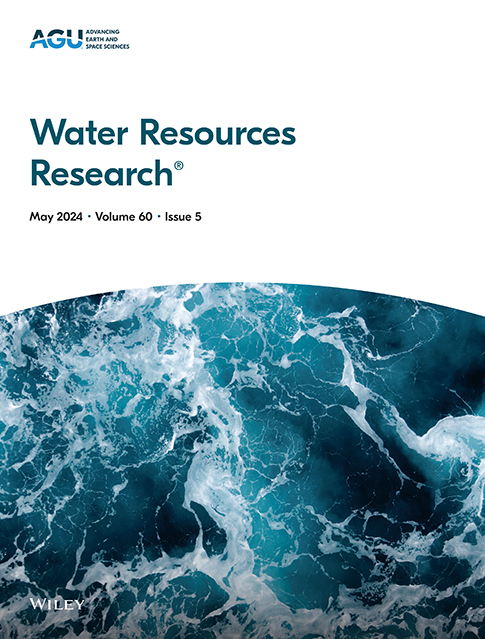Optimizing Investments in Alternative Water Infrastructure for Urban Food Production in Water Stressed Cities
IF 4.6
1区 地球科学
Q2 ENVIRONMENTAL SCIENCES
引用次数: 0
Abstract
Urban agriculture has significant potential to address food security and nutritional challenges in cities. However, water access for urban food production poses a major challenge in the face of climate change and growing global freshwater scarcity, particularly in arid and semi-arid areas. To support sustainable urban food production, this study focuses on a hybrid urban water system that integrates two important alternative water resources: a decentralized system of rainwater harvesting (RWH) and a centralized reclaimed water system. A new spatial optimization model is developed to identify the best investment strategy for deploying these two alternative water infrastructures to expand urban food production. The model is applied to the case study in Tucson, Arizona, a semi-arid city in U.S. Southwest, to address food deserts in the region. Results show that 72%–96% of the investment is allocated to rainwater tanks deployment across all investment scenarios, with the proportion of investment in rainwater harvesting increasing as total investment rises. However, rainwater contributes only about 18%–27% of the total food production. The results of our case study indicate that expanding the reclaimed water network is more effective for urban food production and is also more cost-efficient compared to implementing rainwater tanks. The new model can be applied to other regions, taking into account factors such as crop types, climate, soil conditions, infrastructure configurations, costs, and other site-specific variables. The study provides valuable insights for planning urban water systems that incorporate alternative water sources under different investment scenarios.求助全文
约1分钟内获得全文
求助全文
来源期刊

Water Resources Research
环境科学-湖沼学
CiteScore
8.80
自引率
13.00%
发文量
599
审稿时长
3.5 months
期刊介绍:
Water Resources Research (WRR) is an interdisciplinary journal that focuses on hydrology and water resources. It publishes original research in the natural and social sciences of water. It emphasizes the role of water in the Earth system, including physical, chemical, biological, and ecological processes in water resources research and management, including social, policy, and public health implications. It encompasses observational, experimental, theoretical, analytical, numerical, and data-driven approaches that advance the science of water and its management. Submissions are evaluated for their novelty, accuracy, significance, and broader implications of the findings.
 求助内容:
求助内容: 应助结果提醒方式:
应助结果提醒方式:


